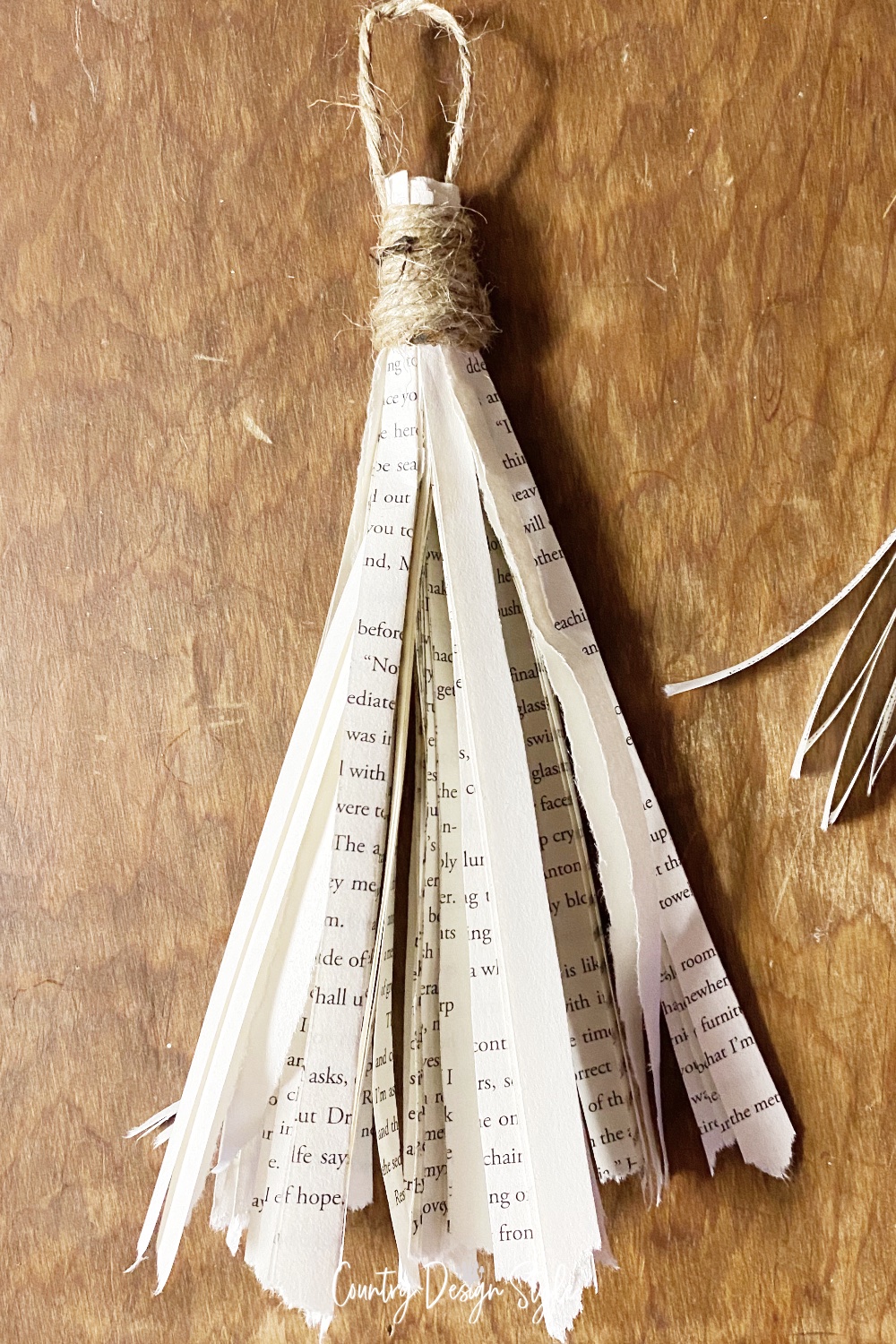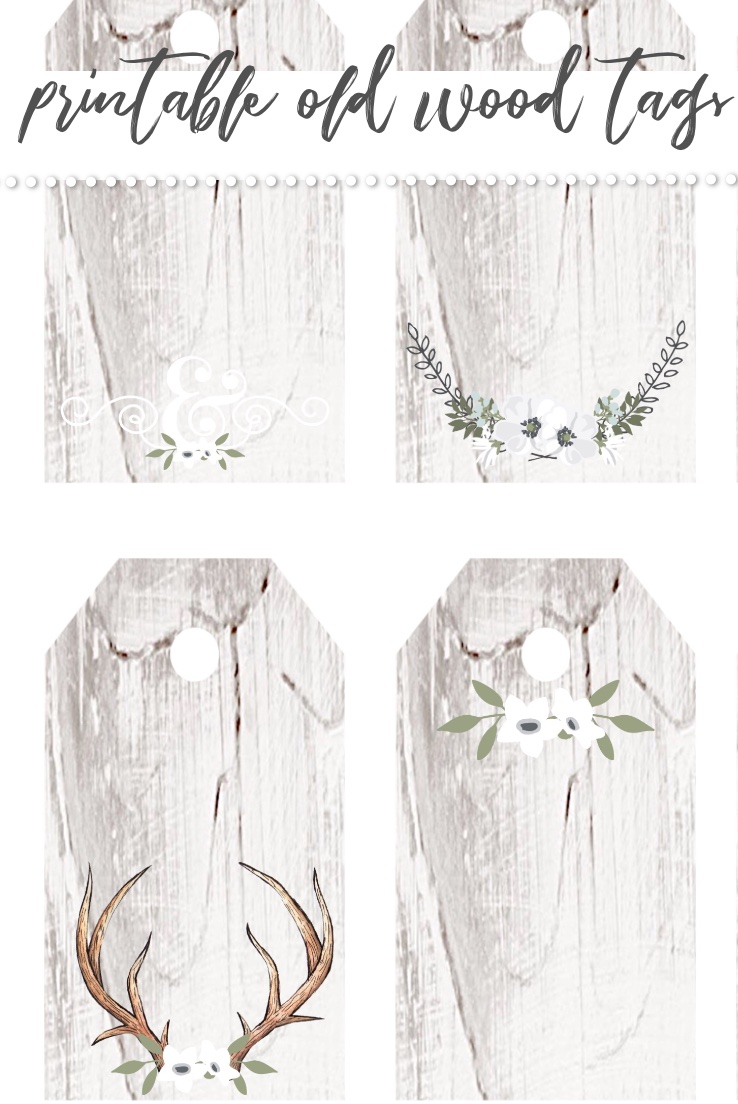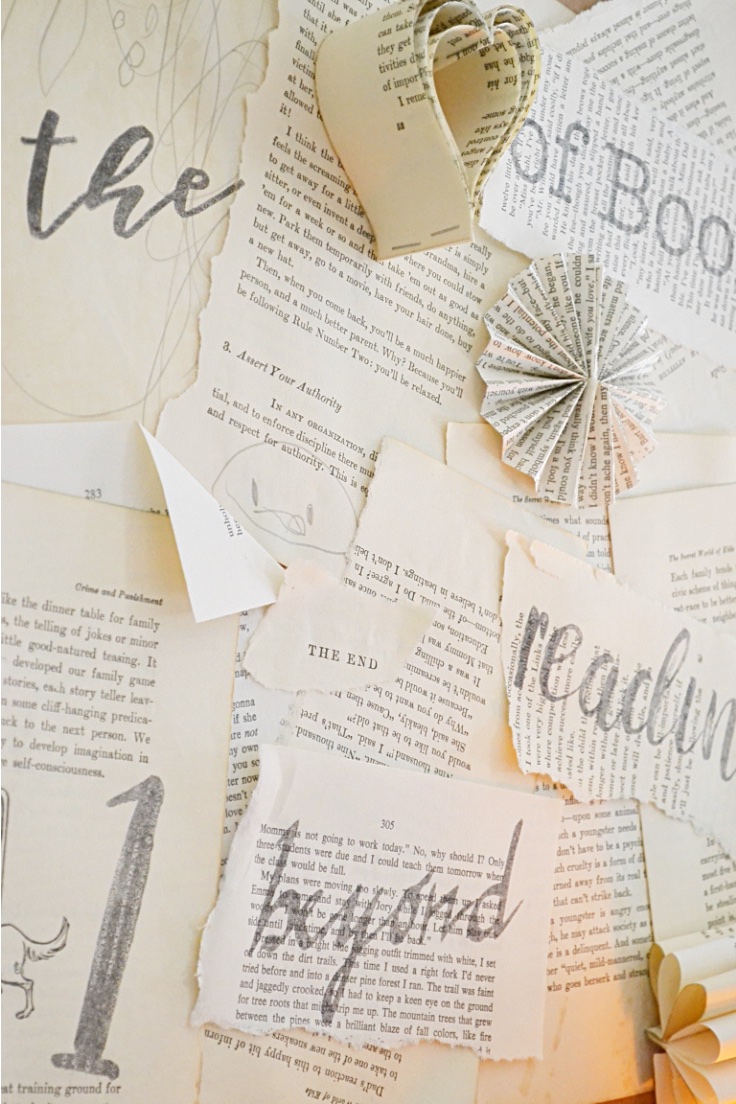Bilateral Drawing Exercises: Use both hands & both sides of brain
Bilateral Drawing Exercises

The first time I encountered bilateral drawing I was about 9 years old. During one of our yearly family vacation trips to Oklahoma to visit family my uncle Terry showed me a trick. He could write his name using both hands at the same time. His left hand followed what his right hand did on the paper only backwards. It facinated me.
When we returned home to Arizona, I decided to try it myself. Come to find out, it wasn’t hard for me to do. Over the years, I would share my “party” trick. I’ve shared it twice on Facebook. I also learned my uncle Terry is left handed like I am. Being left handed doesn’t make a difference to anyone’s ability to master writing your name bilaterally.
Then Alzheimer’s grew fast within our family. I lost my mom and a dear aunt within a few months of each other. The art of mindfulness to maintain a healthy brain and nervous system is critical. More on the nervous system in the future.
Creating art with both hands is a fascinating way to engage both hemispheres of the brain at the same time. It is often referred to as ambidextrous or bilateral drawing. This practice involves using both hands to draw or paint. It often results in symmetrical or complementary images. It is though to enhance creativity, improve coordination, and stimulate brain activity.
Here are a few benefits and tips for creating art with both hands:
Benefits of Bilateral Drawing Exercises
1. Brain Stimulation: Engages the left (logical) and right (creative) hemispheres of the brain at the same time! With a potential of enhancing cognitive abilities.
2. Coordination: Using both hands to create art developes your coordination. It challenges both hands to work together.
3. Creativity Boost: Encourages new ways of thinking. Breaks the usual patterns of your dominant hand.
4. Stress Relief: Can be a meditative practice, promoting relaxation and focus.
5. Trauma Reparation: Can be helpful in working with trauma reactions according to Psychology Today.
Tips for Getting Started with your Bilaterial Drawing Exercises
1. Start Simple: Begin with simple shapes or patterns. Simple will help you get comfortable using both hands at the same time.
2. Use Mirrors: Drawing with mirrors can help in creating symmetrical designs.
3. Practice: Like any skill, regular practice can improve your ambidextrous abilities.
4. Experiment with Mediums: Try different mediums. Try pencils, paints, or digital tools to see what feels most natural.
5. Stay Patient: It might feel awkward at first. But patience and persistence will lead to improvement.
Types of Bilateral Drawing Exercises
Mirror Drawing
Draw a line or shape with one hand and try to mirror it with the other hand at the same time.
The Purpose: Create symmetrical drawings by using both hands at the same time.
– Materials: Two pencils or two pens and paper.
– Instructions:
1. Place a sheet of paper in front of you.
2. Hold a pencil in each hand.
3. Start by drawing a simple vertical line with both hands, ensuring they move in sync.
4. Progress to more complex shapes, like circles and triangles.
5. As you become comfortable, try drawing intricate designs. Things like symmetrical patterns or mandalas.
Note: I have not tried the drawing exercises below…yet! I will update as I experment with the other drawing ideas.
Pattern Repetition
Create repetitive patterns that you use both hands to work together.
The Purpose: Improve coordination by drawing different patterns with each hand.
– Materials: Two pencils or pens, paper.
– Instructions:
1. Start with a simple pattern, such as zigzags or wavy lines.
2. Draw the pattern with one hand.
3. Simultaneously draw a different pattern with the other hand, like dots or spirals.
4. Try to maintain the rhythm and coordination between both hands.
Dual Tasking
Engage in a different activity with each hand. Such as drawing a circle with one hand and a square with the other.
Two-Handed Coloring
The Purpose: Enhance fine motor skills and hand-eye coordination.
– Materials: Coloring book or blank paper, colored pencils or crayons.
– Instructions:
1. Choose a coloring book with symmetrical designs or draw your own symmetrical shapes.
2. Use a different colored pencil in each hand.
3. Color the shapes together, ensuring each hand stays within the lines.
4. Experiment with shading and blending colors using both hands.
Ambidextrous Doodling
The Purpose: Foster creativity and spontaneous drawing skills.
– Materials: Paper, pens or markers.
– Instructions:
1. Set a timer for 5-10 minutes.
2. Doodle freely with both hands at the same time.
3. Don’t worry about the outcome; focus on the process and flow.
4. Observe any patterns or shapes that emerge naturally.
Advanced Techniques

Symmetrical Painting
The Purpose: Create symmetrical artwork using paints.
– Materials: Canvas or large paper, paints, brushes.
– Instructions:
1. Set up your painting area with a canvas or large sheet of paper.
2. Dip a brush in paint with each hand.
3. Start painting symmetrical designs, such as mirrored landscapes or abstract shapes.
4. Experiment with different brush strokes and colors.

Digital Ambidextrous Art
The Purpose: Use digital tools for ambidextrous drawing.
– Materials: Digital drawing tablet or touchscreen device, stylus.
– Instructions:
1. Open a digital drawing application.
2. Use a stylus in each hand.
3. Create symmetrical or complementary designs on the digital canvas.
4. Experiment with digital tools like symmetry rulers or mirrored drawing features.
I have not tried the ideas below, but will update when I give each one a try.
Collaborative Ambidextrous Art
The Purpose: Work with a partner to create collaborative symmetrical artwork.
– Materials: Large paper or canvas, markers or paints.
– Instructions:
1. Partner up with a friend or family member.
2. Each person holds a marker or brush in one hand.
3. Work together to create a symmetrical piece of art, with each person drawing one side of the design.
4. Communicate and coordinate to ensure the artwork is cohesive.
Watch live bilaterial painting
Tips for Success
– Warm Up: Before starting, warm up your hands with some basic exercises or stretches.
– Stay Relaxed: Keep your hands and body relaxed to avoid tension and fatigue.
– Focus on the Process: Don’t worry about perfection. Enjoy the creative process and the coordination challenge.
– Regular Practice: Like any skill, regular practice will lead to improvement. Set aside time each day or week for ambidextrous art exercises.
These exercises can help you develop your ambidextrous drawing skills. Plus you will engage both sides of your brain. Have fun exploring and creating!
Mindful creativity can go hand in hand with Bilaterial art. You can learn more about mindful creativity in 30 days here.






